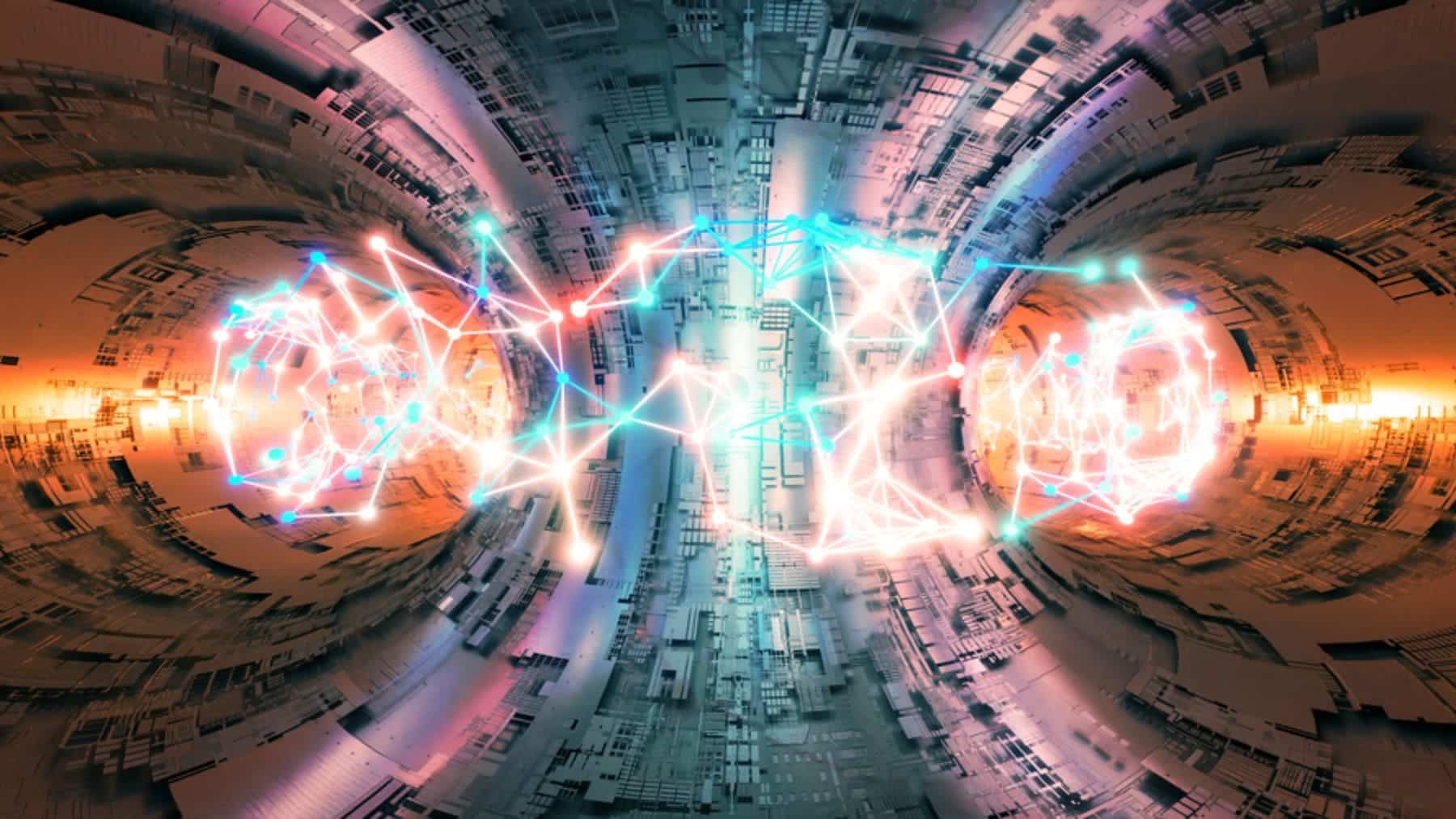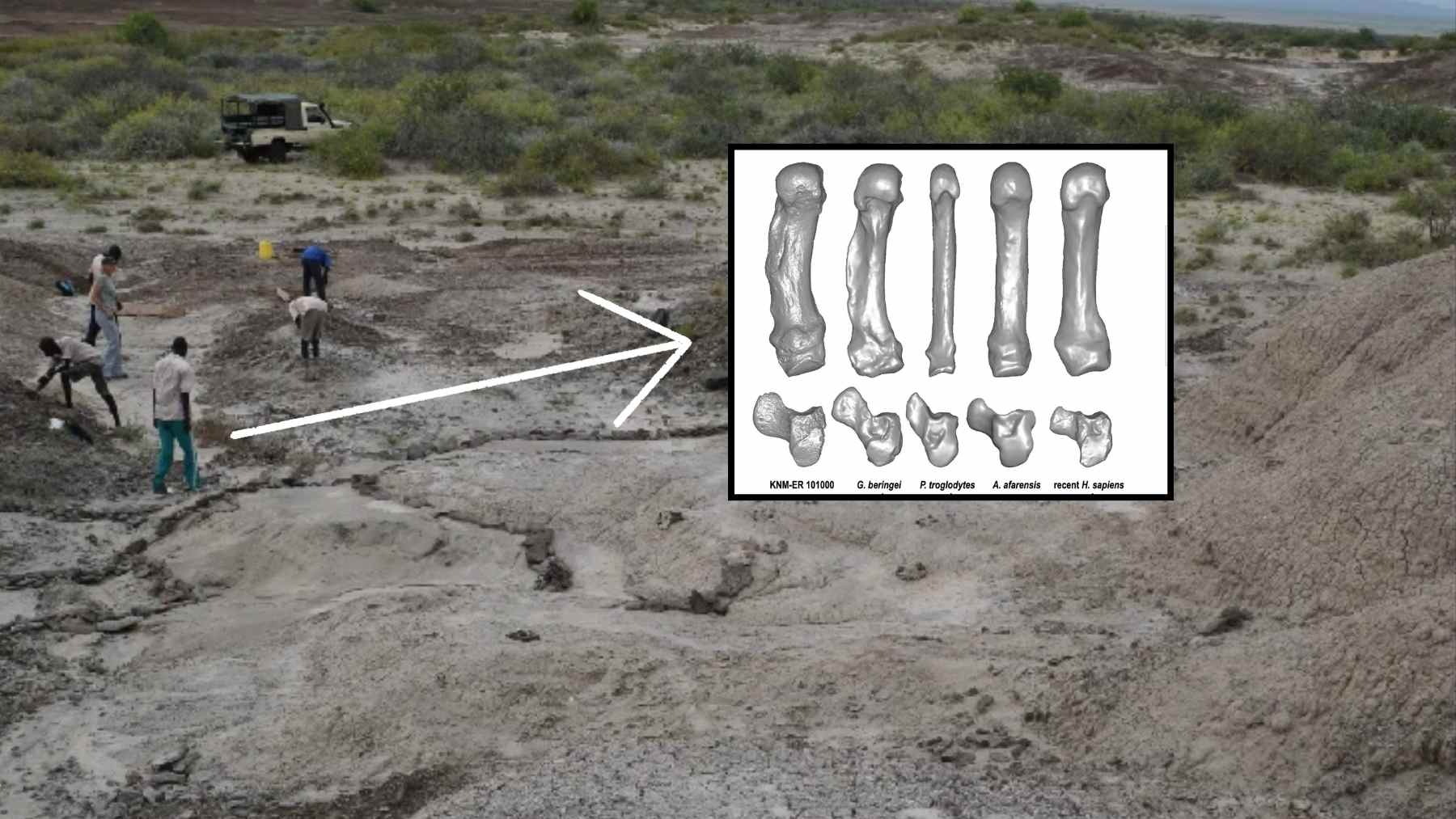By relying on its artificial sun, China’s Experimental Advanced Superconducting Tokamak (EAST) has improved its own world record by confining plasma for an extraordinary 1,066 seconds. Blazing with a new record that was announced on January 21, 2025, China is showing the world that nuclear fusion, which involves imitating the processing power of the sun, is worth considering. Causing the artificial sun to shine towards a new record was a feat from the Institute of Plasma Physics (ASIPP) of the Chinese Academy of Sciences, in Hefei, Anhui Province. China is surely a leader in terms of pushing the nuclear fusion agenda forward.
Understanding the science behind the artificial sun
The EAST is central to understanding and advancing China’s goal of fusion energy. The EAST or “artificial sun” was created to mimic the nuclear fusion conditions that take place in the sun’s core, where hydrogen atoms join to create helium and, as such, release tremendous energy potential in the process. Fusion can, however, only become a reality on Earth if temperatures are above 100 million degrees Celsius, and the hot gas, plasma, remains the same for an extended period.
Central to fusion is constant plasma, and this sustained plasma is what the EAST succeeded at, and that too for 1,066 seconds, which is approximately 18 minutes. Previous records of sustained plasma indicated sustained plasma for merely 403 seconds, as had been recorded in 2023. It becomes mandatory for a fusion device to maintain stable operation at high efficiency to continuously generate power.
Keeping a balance between magnetic confinement and severe heat will enable the future of viable commercial fusion reactors to become a reality.
All about EAST, China’s Artificial Sun
The focus ultimately has to shift to China’s EAST, which is a superconducting tokamak and the first of its kind. Featuring a non-circular cross-section, the EAST can withstand more complex experimentation. The EAST also boasts superconducting magnets and water-cooled plasma-facing components that are able to keep up with high thermal loads while staying stable.
EAST was launched back in 2006 and remained a platform for international collaboration. EAST was also a key player in China’s International Thermonuclear Experimental Reactor (ITER) project, which was deemed the biggest magnetic fusion project in the world.
This tokamak became more relevant this year as it underwent core upgrades, which included an overhauled heating system capable of producing twice as much as the previous output. Head of EAST operations, Gong Xianzu, mentioned that recent changes were needed to allow EAST to become record-breaking.
Such achievements and enhancements to this tokamak are also setting the tone for future missions such as the China Fusion Engineering Test Reactor (CFETR), which intends to create fusion power.
Could fusion energy be so significant?
The future of clean power lies in the hands of fusion energy. The only product released by fusion energy is helium and other greenhouse gases. The fuel required for fusion energy is deuterium and tritium, which can effortlessly be sourced from seawater and lithium.
Fusion is relatively safer than fission reactors and won’t result in a full meltdown. Fusion can serve as a lucrative solution to the power problem. If further enhancements are made, compact fusion reactors could be utilized for deep space exploration, providing lightweight energy options for missions of a longer duration.
Fusion is so much better than fission, and Japan is also looking to commercialize fusion power and tap into the power of the artificial sun with its largest tokamak in history.
Challenges to nuclear fusion reactors
Using fusion reactors is all well and good; however, a hurdle when using a tokamak is the need for extreme temperatures and the need to keep plasma stable over longer periods. Although the 1,066 feat indicates that these challenges are slowly crumbling, further records of constant plasma stability may ultimately overcome these challenges.
The mission is being taken up by new facilities in China, paving the way forward in China’s fusion plan. China has made its message clear: the age of fusion is not ready to be introduced. However, so long as the artificial sun continues to burn brighter and for longer durations, the world can be lit up by fusion alone. China’s mission will always be to relight its artificial sun.













